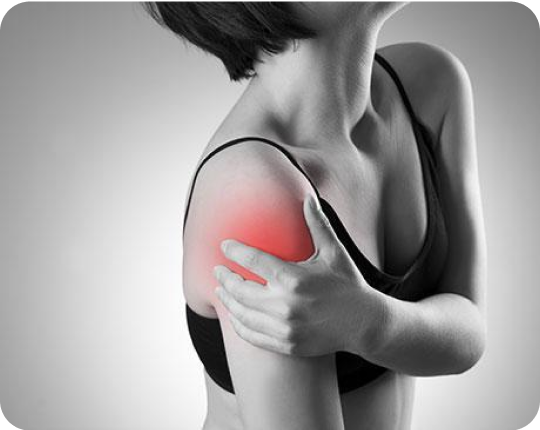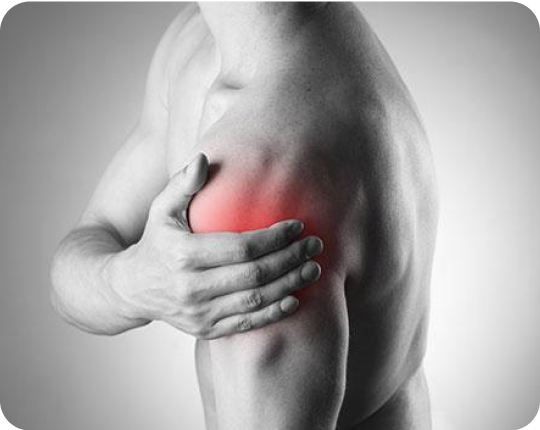Shoulder Labrum Repair Specialist

Justin D. Saliman, MD
Orthopaedic Surgeon located in Beverly Grove, Los Angeles, CA
Your body’s ball-and-socket joints give you mobility, flexibility, and strength. But an issue within them can take all of that away. One of the more common injuries to the shoulder involve a cartilage structure called the labrum.
Shoulder Labrum Repair Q&A
What is a labrum?
The labrum is the cartilage that forms a suction cup like structure around the rim of your shoulder socket and is the key to stability. The labrum plays a large role in allowing the full range of motion in your joint and ensuring you can move it painlessly.
What are labrum tears?

Your ball-and-socket joints are some of the hardest-working parts of your body. But over time, that work can lead to damage, and your labrum can tear. The symptoms of a labral tear include:
- Pain in the joint
- Loss of range of motion
- Joint stiffness
- The feeling that your joint catches or locks
- Clicking as your joint moves
- The sensation that your joint is slipping out of place
The most common labral tears in the shoulder are named based on the area around the “clock” of your socket (also called glenoid). If you have torn the 12 o’clock position we call this a SLAP tear (Superior Labrum torn from Anterior to Posterior). The long head of the biceps tendon attaches to the superior labrum in this location and can sometimes pull the labrum’s attachment off of them bone in this location leading to persistent pain with reaching and/or throwing type activities.
If the lower front part of the labrum is torn (anterior-inferior) we call this a Bankart tear (or sometimes if it’s chronic something called an ALPSA lesion can occur). Bankart tears are very common after a shoulder dislocation and can lead to recurrent instability and pain. If the tear is in the lower back part of the labrum then we call it a Reverse Bankart tear.
Dr. Saliman works with you to identify the root cause of your joint pain. If it’s a labral tear, he explores your treatment options with you. The goal of treatment is to remove joint pain and improve the range of motion and stability in the joint.
What are labrum tears?

Physical therapy may be helpful because stronger rotator cuff and periscapular muscles can compensate somewhat for the instability that results from a torn labrum. Anti-inflammatories may also help decrease symptoms.
When conservative treatments don’t alleviate your joint pain or restore stability, Dr. Saliman may offer a minimally invasive surgery to repair the labrum. During your procedure, he repairs the entire area by sewing the tear back to the bone.
Dr. Saliman offers this procedure arthroscopically. That means he performs your entire procedure through just a few very small incisions in your skin. These keyhole incisions allow him to insert the arthroscope, a long, thin device with a camera attached to the end, so he can repair your labrum. After surgery you can shower right away and you may need to wear a sling for a few weeks. Dr. Saliman typically performs a plastic surgery closure and there are no stitches to take out.
To learn more about how Dr. Saliman can repair labrum tears with this innovative procedure, call his office or book your appointment online.
Our Locations
Privacy Policy | Terms & Conditions | Accessibility | Notice | Contact Us
Justin D. Saliman, MD, Los Angeles, CA
Phone (appointments):(310)703-5819
Phone (general inquiries):(310)703-5819
Address: 8436 W 3rd St, Suite 800,
Los Angeles, CA 90048
Justin D. Saliman, MD, Beverly Hills, CA
Phone (appointments):(310)703-5819
Phone (general inquiries): (310)703-5819
Address: 450 N. Roxbury Dr. , Ste 600, Beverly Hills, CA 90201
